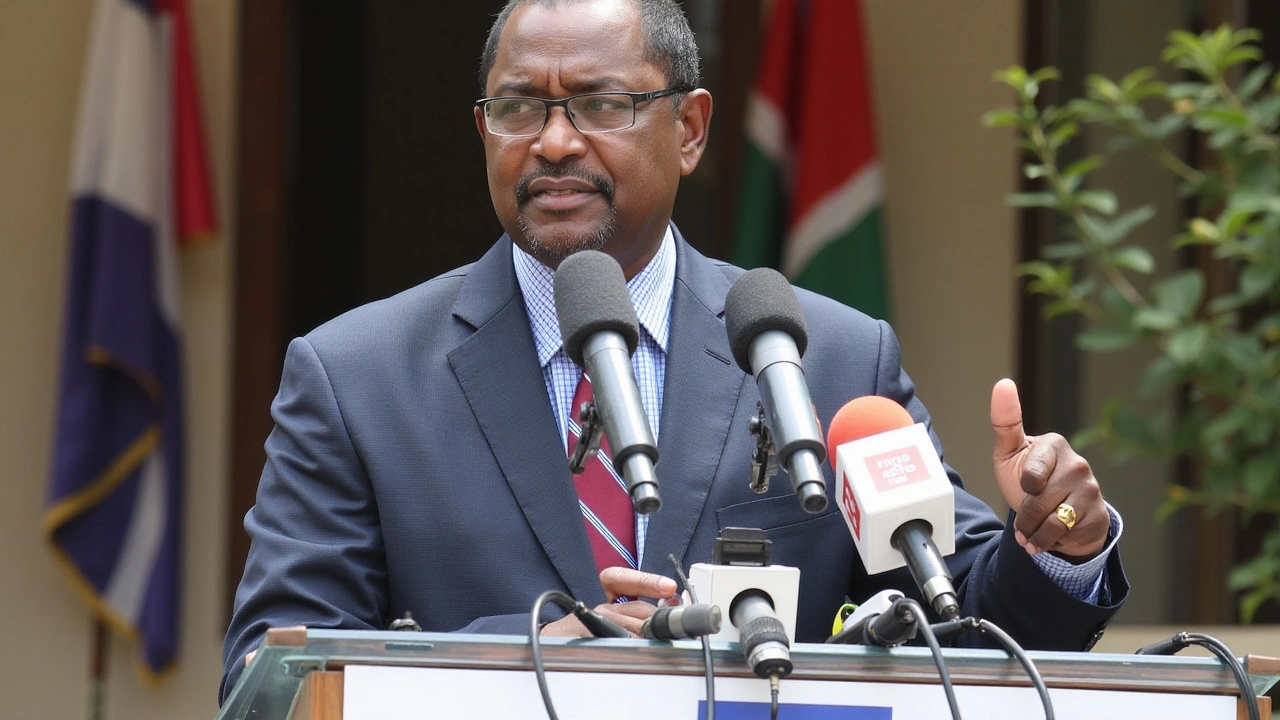Security withdrawal: why troops leave and what happens next
Security withdrawal happens when police, soldiers, peacekeepers or private guards pull back from an area. Sometimes the removal is planned and phased, sometimes it is sudden. The results can be small, like fewer checkpoints, or big, like a security vacuum that lets armed groups expand. On this tag we track news about withdrawals, explain why they happen, and offer practical steps for communities and policymakers.
Why do forces pull out? Cost is a simple reason — keeping troops abroad or on long missions costs money, and governments struggling with budgets often cut deployments. Politics plays a big role too; leaders may withdraw to appease voters, to free forces for other fights, or as part of a negotiated peace deal. Sometimes commanders say the threat is lower and troops are no longer needed, but that judgement can be wrong.
Risks to watch for
The main danger is a security vacuum; when no capable actor fills the gap, armed groups, smugglers or criminal networks move in quickly. You may see more robberies, targeted killings, extortion, or spontaneous checkpoints run by non-state actors. Services like health clinics and markets can close if staff fear to travel or funding dries up.
How communities and leaders prepare
Good planning makes a big difference. A phased handover with training for local police, funding for supplies, clear communication and monitoring reduces risks. Civil society and community leaders should demand public handover plans and timelines. Local neighbourhood watches can work with police to collect incident reports and share them with media and NGOs.
What citizens can do right now: stay informed, trust verified sources, avoid spreading rumours, and have a simple safety plan. That plan should list safe routes, a meeting point, basic supplies and contact numbers for local leaders and aid groups.
For reporters and analysts, look for signs that a withdrawal is planned: official statements, troop movement notices, donor funding changes, and training schedules handed to local forces. Spotting those signals early helps NGOs and aid agencies plan food, health and protection support.
Policy options that work include staged exits tied to benchmarks, donor support for local capacity, and independent monitoring teams to report abuses after troops leave. Where international missions withdraw, keeping some observers and a hot line for complaints can prevent small problems from becoming crises.
We cover real examples, from urban policing shifts to peacekeeper pullouts, with practical guides for residents and officials. Bookmark this tag to follow updates, eyewitness reports and advice when security changes near you.
Quick checklist before a withdrawal: confirm dates and responsible agencies, ask for transfer of communications gear, request training for local police, map safe corridors, and set up a community reporting channel with a named contact person.
If you see wrongdoing, collect details: time, place, descriptions, and witnesses, then give that to trusted reporters or watchdogs so evidence survives and action can follow.
We update this tag with verified reports, maps and tips as the situation changes.
Kalonzo Musyoka Decries Security Withdrawal from Chief Justice Martha Koome: An Unacceptable Threat to Judicial Independence
Wiper leader Kalonzo Musyoka has criticized the withdrawal of Chief Justice Martha Koome's security, calling it a threat to judicial independence. Koome expressed concerns to Interior Cabinet Secretary Kipchumba Murkomen, stating the withdrawal threatens the judiciary's ability to function. Despite police claims of a routine officer replacement, legal groups have condemned the move, highlighting risks to the judiciary's integrity.
